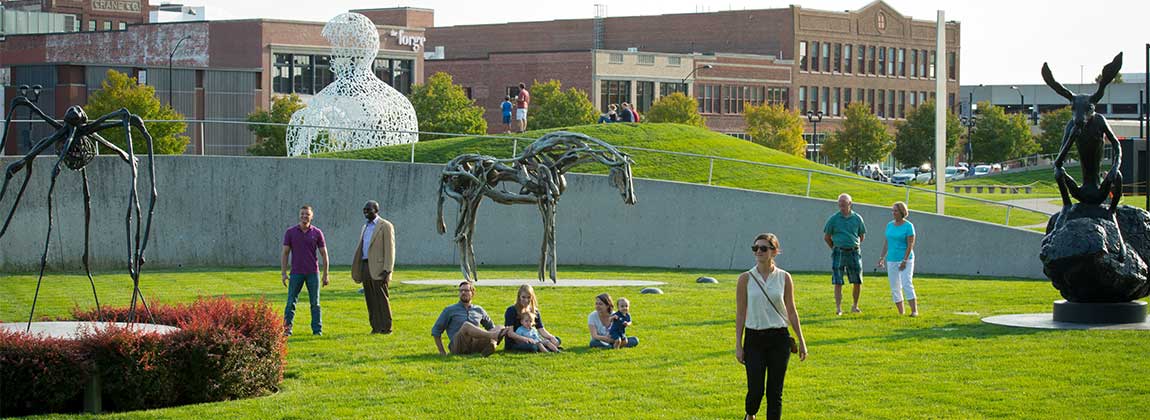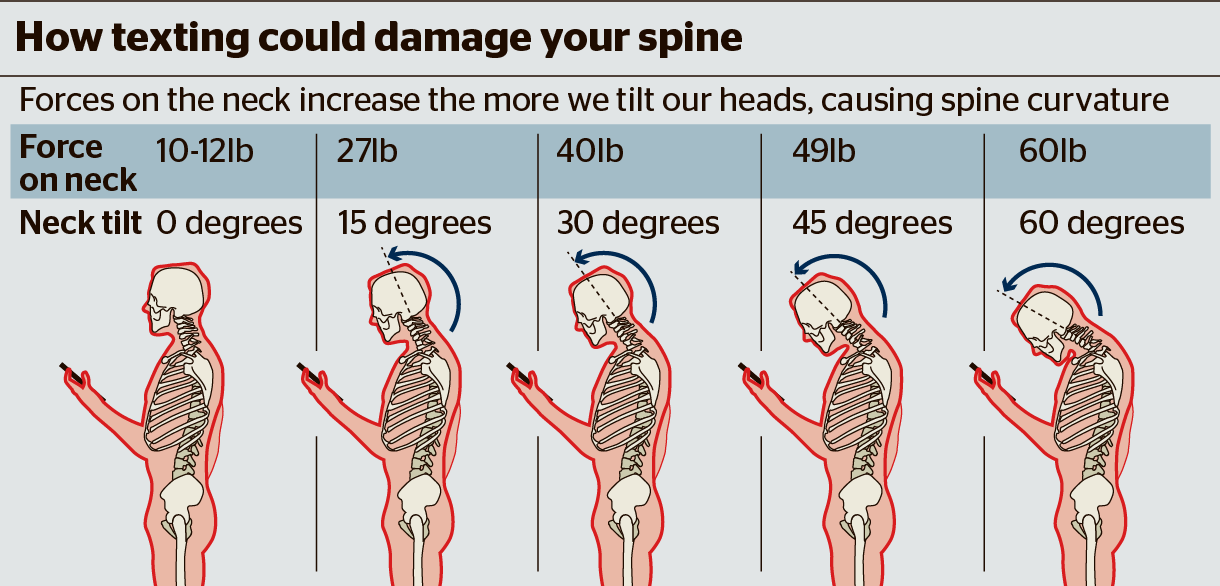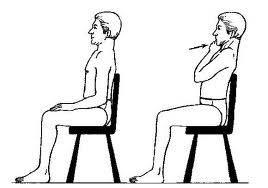Posture Tips to Prevent Pain: Practice Safe Tech

Technology is absolutely wonderful, and I have no idea where I’d be without it. In so many ways, it’s a gift.
I was in a long distance relationship before marrying my husband. How would our relationship and communication have grown without technology? I also have family that lives in every part of the country that I would hardly know without computers or phones. You get it, and I’m sure you all have your experiences, too.
In other ways, though, technology could be a curse. And let me tell you, that’s exactly what it is when it comes to posture.
Here’s the truth — many of us are constantly slumped over in front of a television, computer, tablet or cellphone. The weight and strain that’s placed on your spine as the neck bends forward and down increases significantly with each degree. In fact, some say that for every inch your head tilts forward, the pressure placed on the spine doubles. This is especially devastating in children as their bones and muscles are still developing and growing.
How many kids do you know that have cell phones, tablets and video games that keep them occupied for the majority of the day? Heard of ‘text neck’ before? If you hadn’t heard it before, now you know it’s a real thing. And get used to it, because it’s becoming an epidemic.
Learn How to Correct Your Posture
First, let’s talk about what good posture looks like. When standing, the shoulders are back and relaxed; the ears are in line with the shoulders; the hands hang naturally and evenly at sides; the pelvis is not tilted too far forward or too far backward; the feet are about hip distance apart; weight is balanced evenly on both feet; and toes are facing straight forward or slightly rotated outward.
So, what does poor posture look like? I don’t mean to insult you by this – I know if there were a line-up of Disney characters, you would probably be able to pick out the hunchback of Notre Dame. Are you paying attention to more subtle clues that your posture is lacking, though? You just learned what good posture looks like, so it’s important we talk about poor posture as well. When things go awry, you will see a constant head tilt or rotation, a forward stooping head, shoulders that round forward, a high shoulder, a rotated torso, a high hip, or toes that excessively face inward or outward. These observations are bad for a couple different reasons.
 First, it’s important to elaborate on the extra strain placed on our necks and upper backs that I mentioned earlier. Your head is heavy. Some are heavier than others, but that’s beside the point! The easiest way to explain this is to have you imagine you’re holding a bowling ball straight above your head. Not too difficult, right? Now, imagine holding it above your head and slightly forward at a 45 degree angle. Still easy? This is very comparable to what is happening to your spine with a forward stooping head. Look at the image below and see how much added weight there is by tilting your head only a few extra degrees forward.
First, it’s important to elaborate on the extra strain placed on our necks and upper backs that I mentioned earlier. Your head is heavy. Some are heavier than others, but that’s beside the point! The easiest way to explain this is to have you imagine you’re holding a bowling ball straight above your head. Not too difficult, right? Now, imagine holding it above your head and slightly forward at a 45 degree angle. Still easy? This is very comparable to what is happening to your spine with a forward stooping head. Look at the image below and see how much added weight there is by tilting your head only a few extra degrees forward.

Second, our body starts to compensate for poor posture. As our head juts forward and our shoulders round forward for long periods of time, the muscles of the front of our neck and mid-back get stretched, elongated and weak. If you stretch any tissue for too long, it will become inflamed and sore.
On the flip side of this, poor posture causes the muscles in the back of the neck and front of the shoulders (like the pec muscles and upper traps) to become very tight, which can also be sore and painful. This is commonly called Upper Crossed Syndrome, and is the cause of so many people’s sore necks and upper backs. I truly believe this syndrome is the result of poor posture due to our extended time with technology and our sedentary lifestyles.
So, how do we combat it?
Ways to Help Poor Posture

- Doorway Pectoralis Stretch: This is a great stretch to help relax those tight pectoralis muscles. Do this several times throughout the day, and hold each position for 20-30 seconds. WARNING I: If you have short arms like me, you may not be able to comfortably do this stretch with both arms. If so, complete the stretch one arm at a time. WARNING II: Stretching is important; however, without strengthening opposing muscles, you can stretch until the cows come home, but you will not decrease any muscle tension. Proceed to #2.
- Chin retractions: This is performed by retracting your chin back as far as you can. This will result in giving yourself many chins, so I recommend doing this in the comfort of your own home, or while you’re driving in your car by yourself. Retract your chin to the beat of a song - whatever it takes to strengthen those deep neck flexor muscles! See image below. I apologize, but the picture I thought depicted the exercise best is a guy in his underwear on a chair. As far as I know, this exercise is just as effective with clothes on.

- Bruegger’s Postural Exercise: This exercise is great to strengthen deep neck flexors, stretch pec muscles, and strengthen lower traps and rhomboids (the perfect relief position for those who sit for long periods of time). Almost no patients of mine leave the office without learning this exercise.
- Rotate your arms outward, pull your shoulder blades down and back, retract your chin, and elongate your spine. Pretend there is a string at the top of your head and someone is pulling straight up on it. You should feel a contraction in the midback. Throughout the day, do this a couple times every hour. Hold this position for 20-30 seconds.
Elizabeth Sweers is a family and pediatric chiropractor at Sweers Family Chiropractic in Clive, Iowa. Questions or comments for the doctor can be directed to elizabeth@sweersfamilychiro.com or (515) 987-9574. Sweers Family Chiropractic is located at 2200 NW 159th Street, Suite 900, Clive, Iowa 50325. Visit the website for more about chiropractic care.
Young Professionals Connection (YPC)
The Young Professionals Connection (YPC) promotes an environment that attracts and retains young professionals in Greater Des Moines (DSM). YPC connects young professionals to each other and to the community through social, civic, charitable and professional development endeavors. YPC members have unique opportunities to grow personally and professionally and forge lasting relationships. They engage, connect and form a foundation for their future in DSM. YPC is an initiative of the Greater Des Moines Partnership.